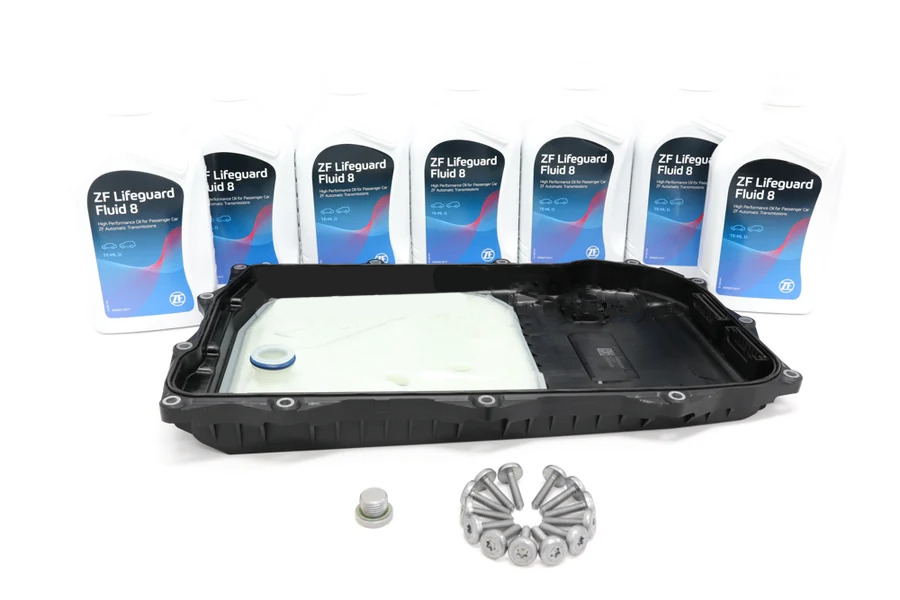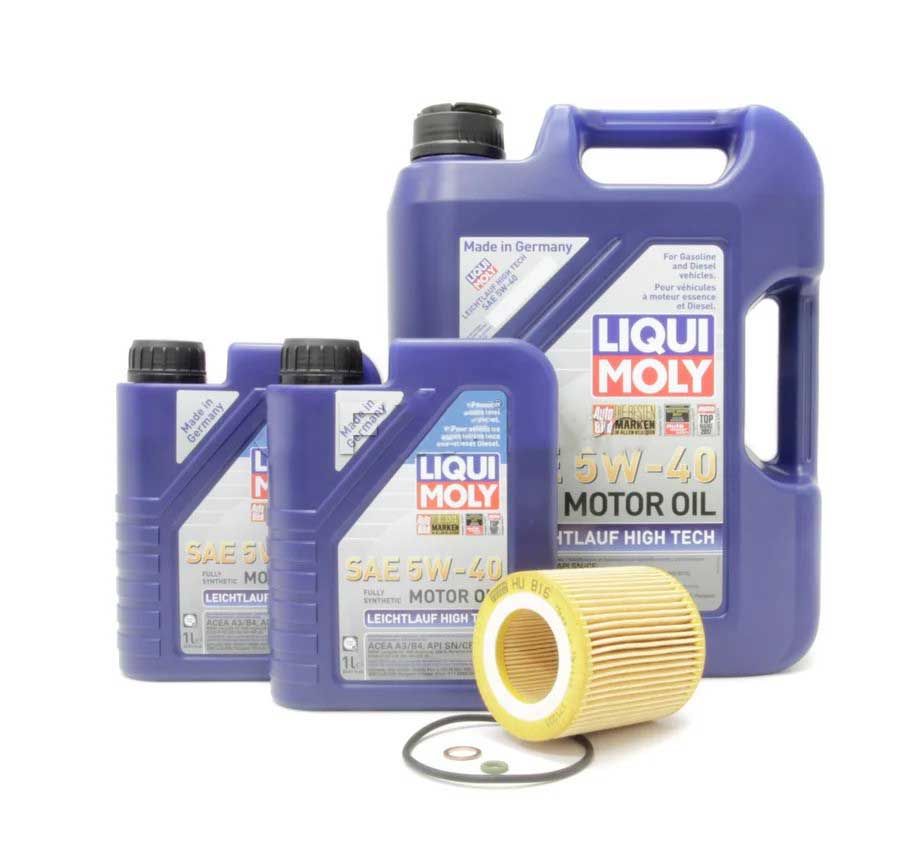Product Information
M12x1.5mm, located on oil filter housing.
This sensor/switch monitors engine oil pressure. A leaking or poorly performing pressure switch can be disastrous and lead to engine damage.
Engine Oil Pressure Switch
The engine oil pressure switch detects oil pressure and sends a signal to the ECU, primarily for the dashboard warning light (“genie lamp”). This ensures that if there is a sudden loss of oil pressure, the driver is warned and can safely shut off the engine. Loss of oil pressure can cause catastrophic engine failure, so this component is vital for early detection.
Oil pressure switches differ from sensors — switches simply detect presence or absence of pressure, while sensors can relay a range of values. Modern vehicles may use either, depending on their design. This particular switch threads into an oil passage, usually in the engine block or filter housing. When oil pressure is present, it actuates an internal diaphragm which closes an electrical circuit.
Failures are often related to the electrical connector or oil leaks rather than the internal sensing mechanism. If your oil light stays on when starting the engine, inspect the wiring before replacing the switch. Keep in mind that the sensor often installs using a socket over the electrical connector, so a deep socket of the correct size may be needed.
Failure Symptoms Include:
• Electrical connector degradation from heat and oil exposure
• Sticky or delayed switch response due to internal faults
• External oil leaks around the threads or seal
• Oil entering the electrical connector, potentially wicking into the vehicle's wiring harness







